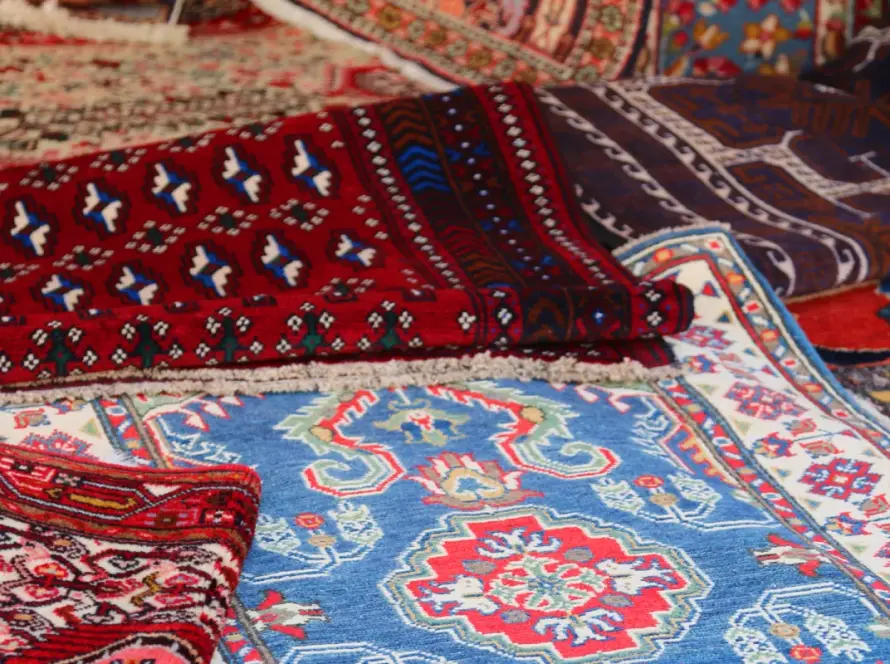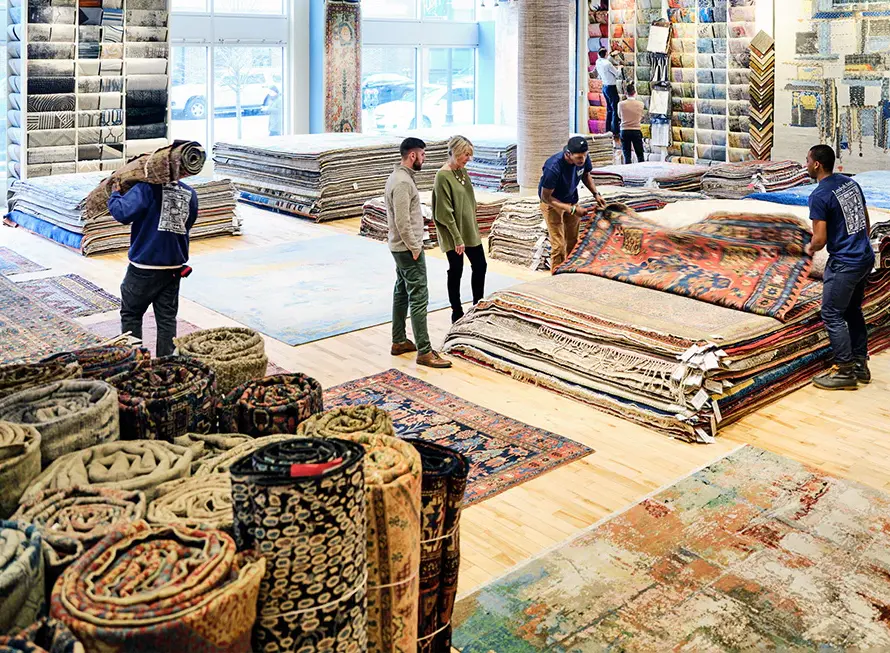Berber rugs hold centuries of knowledge, community, and symbolism. But how can these tactile expressions of identity be transformed into tools for modern creators? This article explores the journey from handwoven heritage to high-resolution digital assets that retain meaning.
The Cultural Weight Behind the Weave
Every Berber textile carries more than colour and form—it carries a message. Traditionally handwoven by women, each motif reflects protection, fertility, strength, or community. These aren’t just decorative elements. They’re coded expressions passed down through generations.
From Loom to Screen — The Creative Process
The transformation starts with selection. Rugs chosen for digitisation are photographed or scanned in ultra-high resolution to preserve fine details like texture and natural dye gradients.
After this, the files undergo several steps:
- Cleaning & isolation
- Layering into editable formats
- Mockup testing for usability in modern tools
Design Uses That Respect Origin
Digital Berber patterns can be used in:
- Branding and packaging
- Editorial or zine design
- Digital storytelling
- Interior mockups and digital textiles
The key? Respecting the source and sharing the story behind the symbol.
Why It Matters in 2025
As visual trends shift toward authenticity and meaning, creators who choose heritage over hype are building something lasting. Culture isn’t a trend—it’s a responsibility.
Frequently Asked Questions
Can I use these patterns commercially?
Yes, with a license included in most bundles.
Are files editable?
Yes, formats include PSD, AI, and high-res PNG.
Is cultural info included?
Absolutely. Many assets are paired with eBooks and notes.
Do I need to credit BerberTextiles?
Not mandatory, but respectful attribution is encouraged.


